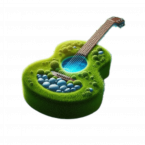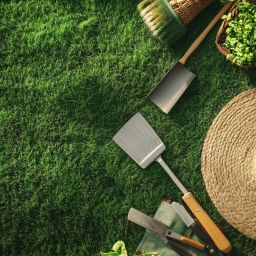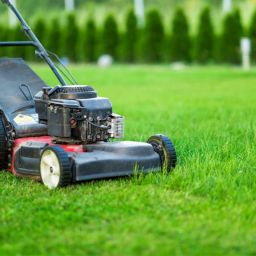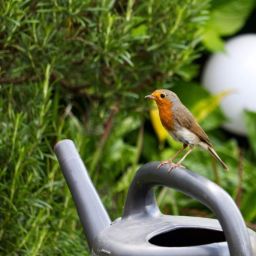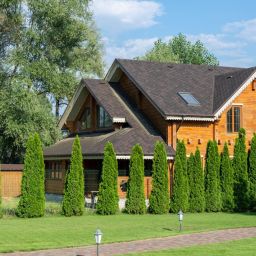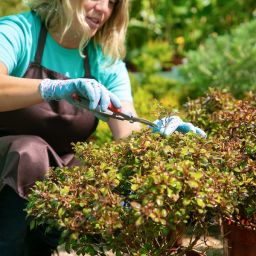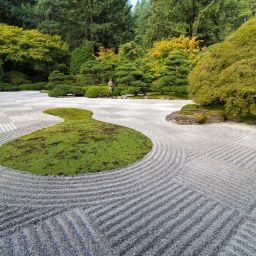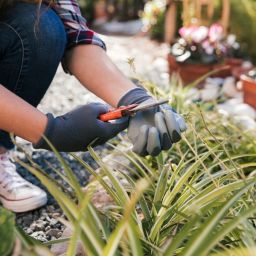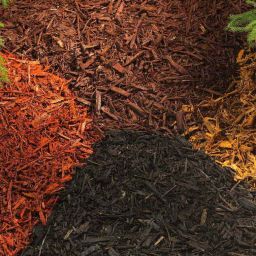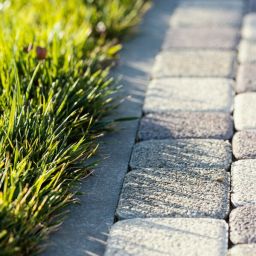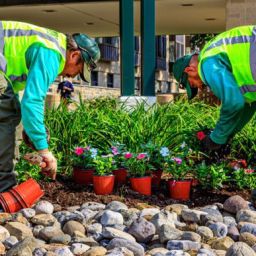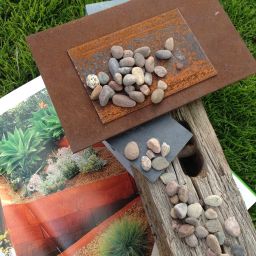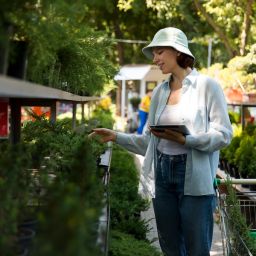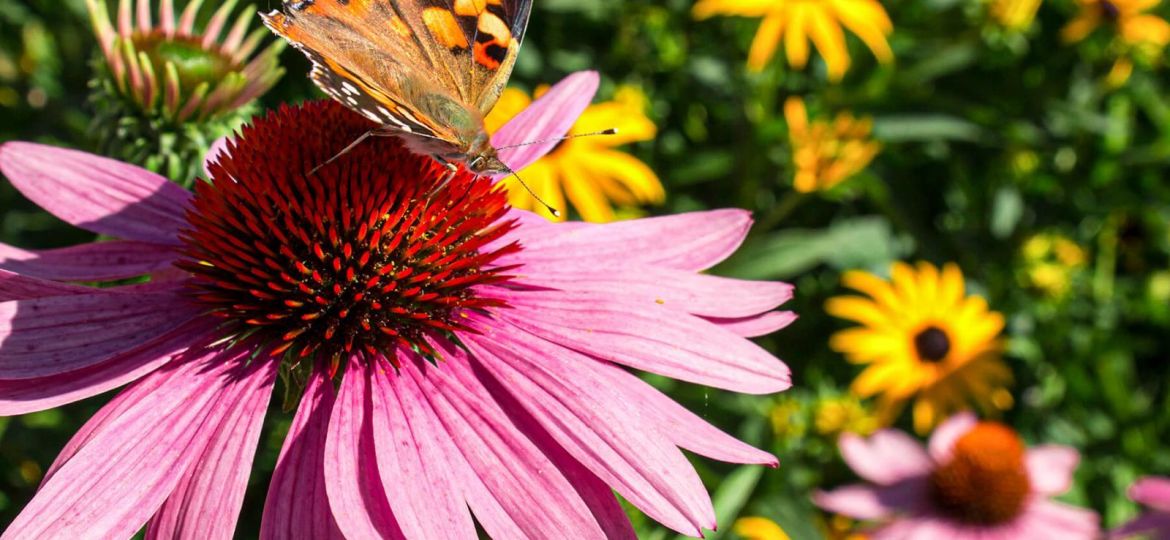
Creating a garden that attracts wildlife can transform your outdoor space into a thriving ecosystem filled with birds, butterflies, and beneficial insects. In Nashville, attracting local wildlife to your garden is not only rewarding but also contributes to the conservation of native species. Whether you’re interested in birdwatching or simply want to create a more vibrant, natural landscape, Landscaping Nashville can help you design and maintain a garden that promotes biodiversity. This guide will explore various strategies for attracting wildlife to your Nashville garden, with tips on plant selection, water features, and habitat creation.
CONTACT US
Why Attract Wildlife to Your Garden?
Wildlife-friendly gardens provide essential habitats for animals and offer a way for homeowners to engage with nature. Here’s why you should consider attracting wildlife to your Nashville garden:
- Environmental Benefits: By attracting pollinators like bees and butterflies, you’re supporting the pollination of not just your garden but the larger ecosystem. Additionally, creating habitats for birds and other species can help control pests naturally.
- Biodiversity: Enhancing the biodiversity in your yard contributes to the ecological health of Nashville. By providing food, water, and shelter for local species, your garden can become a sanctuary for wildlife that might otherwise struggle in urban environments.
- Aesthetic Appeal: A garden filled with birdsong, fluttering butterflies, and lush greenery adds beauty and tranquility to your space. Wildlife gardens can offer year-round visual interest, with changing colors, sounds, and movements.
- Educational Opportunities: Attracting wildlife to your garden is a great way to learn about local species and their behavior. It can also be an excellent teaching tool for children, helping them understand the importance of conservation and sustainability.
Now that you understand the benefits, let’s dive into the strategies for attracting wildlife to your Nashville garden.
1. Plant Native Species
Choosing native plants is one of the most effective ways to attract wildlife. Native plants are adapted to Nashville’s climate, soil, and local wildlife. They require less water and maintenance than non-native species, making them ideal for a low-maintenance, sustainable garden.
Top Native Plants for a Wildlife-Friendly Garden in Nashville
- Eastern Redbud (Cercis canadensis): This small tree produces beautiful pink blossoms in the spring, attracting bees and butterflies.
- Black-eyed Susan (Rudbeckia hirta): A vibrant yellow flower that draws pollinators like bees and butterflies while providing seeds for birds.
- Butterfly Weed (Asclepias tuberosa): As the name suggests, this plant is a magnet for butterflies, especially the monarch.
- Switchgrass (Panicum virgatum): A native grass that provides shelter for small animals and food for birds.
Landscaping Nashville recommends planting a variety of native species to ensure year-round food and habitat for wildlife. Additionally, creating plant layers—such as trees, shrubs, and ground cover—mimics natural ecosystems, offering various habitats for different species.
2. Create a Water Source
Water is essential for all living creatures, and having a reliable water source can significantly increase the number of wildlife visitors to your garden. Birds, butterflies, frogs, and other animals need water for drinking and bathing. Here are some ways to incorporate water features into your garden:
Bird Baths
Bird baths are a simple and affordable way to provide water. Place them in a shaded area to keep the water cool and fresh. Change the water regularly to prevent stagnation and algae growth. Landscaping Nashville can help you design custom bird baths that complement your garden’s aesthetic.
Ponds
Installing a small pond can attract a wide range of wildlife, including frogs, dragonflies, and birds. A pond with gently sloping edges allows animals of all sizes to access the water. Add aquatic plants like water lilies and pondweed to create a balanced ecosystem.
Water Fountains
A water fountain can add both beauty and functionality to your garden. The sound of running water attracts birds and other wildlife, and the constant movement prevents mosquitoes from breeding.
Landscaping Nashville specializes in installing eco-friendly water features that enhance your garden’s wildlife appeal while adding aesthetic value to your outdoor space.
3. Provide Shelter and Nesting Sites
Wildlife needs safe places to rest, hide from predators, and raise their young. Providing a variety of shelters can attract different species to your garden. Here are some ways to create these safe spaces:
Birdhouses
Birdhouses are an excellent way to attract birds to your Nashville garden. Different bird species prefer different types of houses, so research which birds are common in your area. Make sure the birdhouse is sturdy, weatherproof, and installed at the correct height for the species you’re trying to attract.
Shrubs and Trees
Dense shrubs and trees provide natural shelter for birds, mammals, and insects. Evergreen species, such as hollies, offer year-round protection. Landscaping Nashville suggests incorporating a mix of deciduous and evergreen plants to provide a variety of nesting sites.
Brush Piles
A brush pile made from twigs, branches, and leaves can offer shelter for small mammals, birds, and insects. These piles mimic natural debris found in forests and provide a refuge for animals seeking protection from predators or harsh weather.
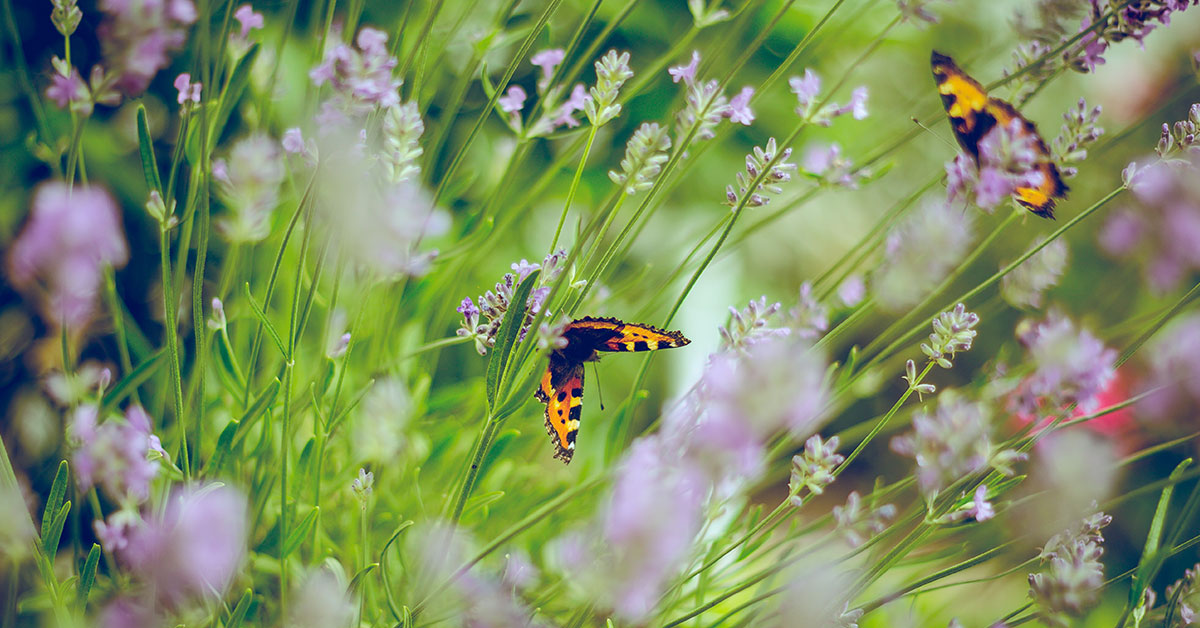
4. Grow a Pollinator Garden
Pollinators like bees, butterflies, and hummingbirds are vital to the health of your garden and the larger ecosystem. To attract them, plant a variety of flowering plants that bloom throughout the year. Here are some tips for creating a pollinator-friendly garden in Nashville:
Choose Native Flowers
Native flowers, such as bee balm, coneflowers, and milkweed, provide nectar for pollinators. These plants are essential for species like the monarch butterfly, which relies on milkweed to lay its eggs.
Plant in Clusters
Pollinators are more likely to visit gardens where flowers are grouped together. Planting in clusters makes it easier for pollinators to find and collect nectar. Additionally, choose a variety of flower shapes and colors to attract different species.
Avoid Pesticides
Pesticides can be harmful to pollinators. Instead of using chemical sprays, Landscaping Nashville recommends implementing organic gardening practices. Encourage beneficial insects like ladybugs and lacewings to help control pests naturally.
5. Add Feeders and Food Sources
In addition to planting native species, providing supplemental food can attract more wildlife to your garden. Feeders are a great way to support birds, squirrels, and other animals, especially during the winter months when natural food sources are scarce.
Bird Feeders
Bird feeders come in many shapes and sizes, from seed feeders to suet feeders and nectar feeders for hummingbirds. Place feeders in safe, sheltered locations away from predators. Keep them clean and refill them regularly to maintain a steady food supply.
Squirrel Feeders
Squirrels are a common sight in Nashville, and providing them with food can keep them away from bird feeders. Squirrel feeders stocked with corn or nuts can give these animals a dedicated food source, reducing competition with birds.
Plant Berries and Seeds
Many native plants produce berries and seeds that are a natural food source for wildlife. Plants like serviceberry, elderberry, and sunflowers offer food for birds and small mammals. Landscaping Nashville can help you incorporate these plants into your garden design for a more sustainable food supply.
6. Design a Habitat Garden
A habitat garden is one that mimics natural ecosystems, offering food, water, shelter, and space for wildlife to thrive. Landscaping Nashville can help you design a habitat garden that fits your space, style, and goals. Here are some elements to consider:
Diverse Planting
Diverse plant species create different habitats and food sources for wildlife. Incorporate trees, shrubs, grasses, and flowering plants to provide layers of habitat.
Wildlife Corridors
If your garden connects to a nearby park, forest, or even your neighbor’s yard, creating a wildlife corridor can help animals move safely between habitats. Planting hedgerows or installing fences with gaps can create safe passageways for animals.
Minimize Lawn Space
Lawns offer little ecological value for wildlife. Reducing lawn space and replacing it with native plants or wildflower meadows can attract more species to your garden.
7. Maintain a Healthy Ecosystem
A successful wildlife garden is one that balances the needs of plants, animals, and the environment. Here are some maintenance tips to keep your wildlife garden thriving:
Composting
Composting organic materials like leaves, grass clippings, and vegetable scraps creates nutrient-rich soil that supports healthy plant growth. Additionally, compost piles attract worms and insects, which are valuable food sources for birds.
Mulching
Mulching helps retain moisture in the soil, suppress weeds, and provide shelter for insects and small animals. Organic mulch, such as wood chips or straw, breaks down over time, enriching the soil.
Sustainable Gardening Practices
Using sustainable gardening practices, such as conserving water, minimizing chemical use, and recycling yard waste, ensures that your garden remains a safe and healthy habitat for wildlife.
FAQ: Attracting Wildlife to Your Nashville Garden
Q: Why should I attract wildlife to my garden?
A: Attracting wildlife benefits the environment by supporting pollinators, enhancing biodiversity, and providing natural pest control. It also adds beauty and educational opportunities to your garden.Q: What are the best native plants for attracting wildlife in Nashville?
A: Some top native plants include Eastern Redbud, Black-eyed Susan, Butterfly Weed, and Switchgrass. These plants provide food and habitat for a variety of wildlife.Q: How can I create a water source for wildlife?
A: Consider adding a bird bath, pond, or water fountain. Ensure the water is fresh and clean, and include features like gently sloping pond edges for easy access.Q: What types of shelters can I provide for wildlife?
A: Offer birdhouses, dense shrubs and trees, and brush piles to provide shelter and nesting sites for various species.Q: How can I attract pollinators to my garden?
A: Plant native flowering plants like bee balm and coneflowers in clusters, avoid pesticides, and provide a variety of flower shapes and colors to attract bees, butterflies, and hummingbirds.Q: Are there specific feeders I should use to attract wildlife?
A: Use bird feeders for seeds, suet feeders for energy-rich foods, and nectar feeders for hummingbirds. Squirrel feeders can also help divert squirrels from bird feeders.Q: How can I design a wildlife-friendly habitat garden?
A: Include diverse plant species, create wildlife corridors, reduce lawn space, and mimic natural ecosystems to provide food, water, and shelter.Q: What maintenance is needed for a wildlife garden?
A: Regularly compost, mulch, and practice sustainable gardening to maintain soil health, support plant growth, and ensure a thriving ecosystem for wildlife.Conclusion
Attracting wildlife to your Nashville garden is a rewarding endeavor that benefits both your environment and personal well-being. By incorporating native plants, water features, and shelter into your landscape, you can create a thriving ecosystem that supports local wildlife. Landscaping Nashville is here to help you design, install, and maintain a wildlife-friendly garden that meets your goals and enhances the natural beauty of your space.
For more information on how Landscaping Nashville can assist you in creating a wildlife-friendly garden, contact us today. Let’s work together to transform your Nashville garden into a vibrant, wildlife haven!
